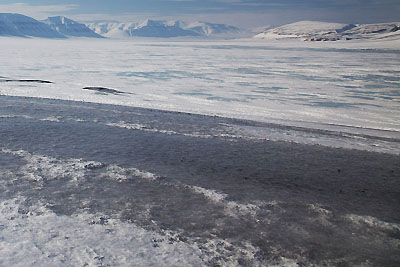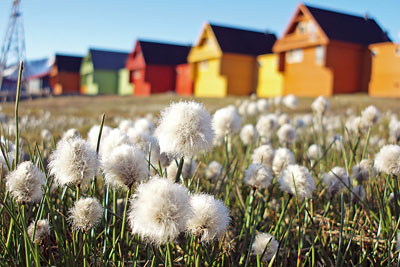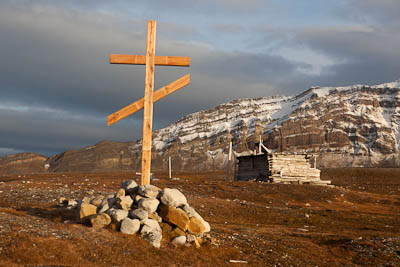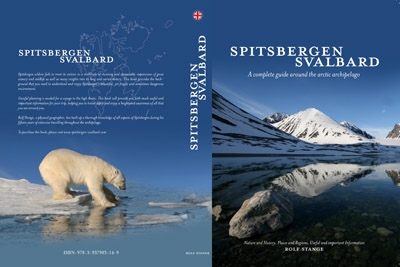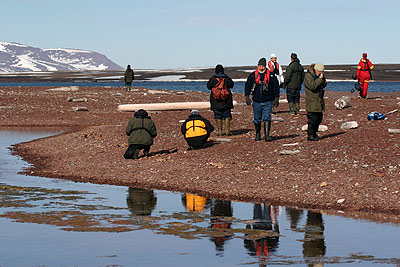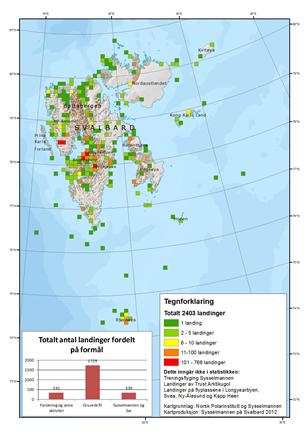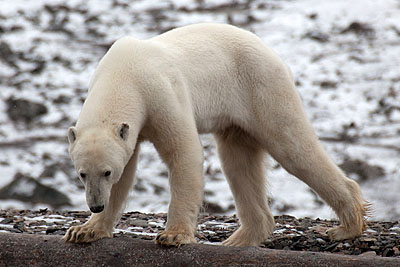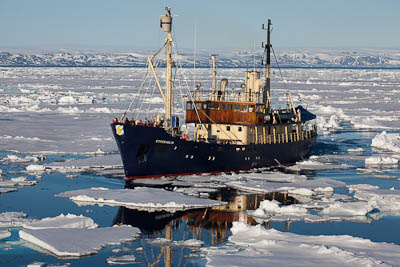-
current
recommendations- Liefdefjord
New page dedicated to one of Spitsbergen's most beautiful fjords. Background information and many photos.
- New Spitsbergen guidebook
The new edition of my Spitsbergen guidebook is out and available now!
- Liefdefjord
New page dedicated to one of Spitsbergen's most beautiful fjords. Background information and many photos.
Page Structure
-
Spitsbergen-News
- Select Month
- June 2025
- May 2025
- April 2025
- March 2025
- February 2025
- January 2025
- December 2024
- November 2024
- October 2024
- September 2024
- August 2024
- July 2024
- June 2024
- May 2024
- April 2024
- March 2024
- February 2024
- January 2024
- December 2023
- November 2023
- October 2023
- September 2023
- August 2023
- July 2023
- June 2023
- May 2023
- April 2023
- March 2023
- February 2023
- January 2023
- December 2022
- November 2022
- October 2022
- September 2022
- August 2022
- July 2022
- June 2022
- May 2022
- April 2022
- March 2022
- February 2022
- January 2022
- December 2021
- November 2021
- October 2021
- September 2021
- August 2021
- July 2021
- June 2021
- May 2021
- April 2021
- March 2021
- February 2021
- January 2021
- December 2020
- November 2020
- October 2020
- September 2020
- August 2020
- July 2020
- June 2020
- May 2020
- April 2020
- March 2020
- February 2020
- January 2020
- December 2019
- November 2019
- October 2019
- September 2019
- August 2019
- July 2019
- June 2019
- May 2019
- April 2019
- March 2019
- February 2019
- January 2019
- December 2018
- November 2018
- October 2018
- September 2018
- August 2018
- July 2018
- June 2018
- May 2018
- April 2018
- March 2018
- February 2018
- January 2018
- December 2017
- November 2017
- October 2017
- September 2017
- August 2017
- July 2017
- June 2017
- May 2017
- April 2017
- March 2017
- February 2017
- January 2017
- December 2016
- November 2016
- October 2016
- September 2016
- August 2016
- July 2016
- June 2016
- May 2016
- April 2016
- March 2016
- February 2016
- January 2016
- December 2015
- November 2015
- October 2015
- September 2015
- August 2015
- July 2015
- June 2015
- May 2015
- April 2015
- March 2015
- February 2015
- January 2015
- December 2014
- November 2014
- October 2014
- September 2014
- August 2014
- July 2014
- June 2014
- May 2014
- April 2014
- March 2014
- February 2014
- January 2014
- December 2013
- November 2013
- October 2013
- September 2013
- August 2013
- July 2013
- June 2013
- May 2013
- April 2013
- March 2013
- February 2013
- January 2013
- December 2012
- November 2012
- October 2012
- September 2012
- August 2012
- July 2012
- June 2012
- May 2012
- April 2012
- March 2012
- February 2012
- January 2012
- December 2011
- November 2011
- October 2011
- September 2011
- August 2011
- May 2011
- April 2011
- March 2011
- February 2011
- January 2011
- December 2010
- November 2010
- September 2010
- August 2010
- July 2010
- June 2010
- May 2010
- April 2010
- March 2010
- February 2010
- November 2009
- October 2009
- August 2009
- July 2009
- June 2009
- May 2009
- April 2009
- March 2009
- February 2009
- January 2009
- December 2008
- November 2008
- October 2008
- August 2008
- July 2008
- June 2008
- May 2008
- April 2008
- March 2008
- February 2008
- April 2000
- Select Month
-
weather information
-
Newsletter

| Guidebook: Spitsbergen-Svalbard |
Home
→ March, 2012
Monthly Archives: March 2012 − News & Stories
Glaucous gulls threatened by environmental toxins
Long-lived environmental toxins from industrial processes and conventional agriculture endanger species that are high up in the food chain, including polar bears, ivory gulls and glaucous gulls. This is well known and a number of studies have been made on the phyiological effects of the harmful substances, which in the arctic are especially long-lived because of the cold temperatures, on the individual animal.
Scientists from the Norwegian institute for research on nature (NINA) have now tried to quantify the effects on a population level. The study has been made on glaucous gulls on Bear Island. One of the results is that glaucous gulls with high levels of toxins have alarming annual survival rates of only 40-50 %.
Every year, dead glaucous gulls are found on Bear Island that have high values of relevant substances in their tissues. Due to its position and local climate, Bear Island has some of the highest concentrations of environmental toxins in the whole Arctic.
Sampling a skua on Bear Island.
Source: NINA
Bad winter season
The warm and wet winter weather has so far gone badly over the season. Both tourists and local touring enthusiasts are suffering from bad terrain conditions. Several spells of temperatures well above freezing and heavy rain have turned snow into ice. The fjords have largely remained open, rather than freezing over. Popular destinations such as Kapp Linné and Noorderlicht, the “boat in the ice” which is normally frozen in fast ice in Tempelfjord in mid March, can hardly be reached. The situation demands a lot of flexibility from tourists and tour operators.
Blue ice instead of snow: then it is better to stay at home.
Source: Svalbardposten (1112)
Drug abuse in Longyearbyen
In autumn last year the police caught 11 young people in Longyearbyen with drugs. 10 of them have by now been sentenced to fines or prison up to 60 days (partly suspended). Next to owning and selling amounts of up to 100 g of cannabis, one person was also charged for breaching laws regulating firearms because of improper storage. Two persons were expelled from Spitsbergen for up to 4 years. The local newspaper Svalbardposten found out last year (after the drug razzia) in an internet poll that 911 out of 1060 readers are in favor of expelling drug users and dealers from Spitsbergen.
The criminality level is comparatively minor and mainly directed at covering own demands, but has to be seen in the context of a small, isolated town with many young inhabitants. The cannabis was smuggled from Norway to Longyearbyen by mail.
In Longyearbyen, grass is not only growing on the tundra.
Source: Sysselmannen, Svalbardposten (1112)
Research permission denied
It seems as if permission for archaeological research is now more often denied than given. In summer 2011, veteran Russian archaeologist Vadim Starkov wanted to excavate a Pomor site in Bettybukta in southern Spitsbergen, but did not get permission from the Sysselmannen. Now another application from Starkov was turned down. Starkov wanted to document a Russian shipwreck, probably dating into the 18th or early 19th century, in Van Mijenfjorden. Parts of the wreck were probably used as firewood or building material. The wreck is lying on dry ground, but is mostly covered with soil. The intention was to remove the soil, document the wreck and cover it again. The Sysselmannen has now denied permission because of the potential risk of damage to the wreck from wind and weather during the period of work. A final decision will be made in Oslo (Riksantikvaren).
Less of a surprise was the decision not to follow a Russian application to build a reconstructed Pomor house at Russekeila, west of Barentsburg. The reconstruction should have served as a museum and tourist destination. Buildings outside the present-day settlements are hardly ever permitted. Additionally, the site in question is near one of the most important archaeological sites from the Pomor period and inside a Geotop (protected area because of geological values).
The Pomors had a large hunting station in Russekeila, between Barentsburg and Kapp Linné. The cross is a reconstruction.
Source: Svalbardposten (1012)
“Spitsbergen-Svalbard” guidebook: 3rd edition now available
The third edition of the guidebook “Spitsbergen-Svalbard” is now available. The book has been out of print for a while, and an updated version had to wait until other projects were finished.
The third edition follows the structure of the second one, but has been revised and improved through large parts of its contents (text, illustrations) – often concerning details, but this is what makes the difference, isn’t it?
Click here for further details: Spitsbergen-Svalbard (engl.).
The current edition is the 15th book made and published by Rolf Stange (including translations and new editions).
The third edition of “Spitsbergen-Svalbard”.
Tourism and the arctic environment: a problem – really?
Norwegian politicians and often also the public seem to be convinced that tourists and the arctic environment are two things that don’t go together well. Almost as a knee-jerk, the arctic environment is described as “fragile”. Based on such assumptions that are lacking documentation, the administration is about to introduce drastic steps such as closing major areas. Such steps, that don’t even aim at an environmental benefit but are rather to establish large private playgrounds (“reference areas”) for the adminstration and science that the administration considers relevant, are largely based on the “føre var” prinsippet, the precautionary principle. Generally a good thing, but less so if strained beyond any limit to hide the lack of documented knowledge that should rather be the base for good administration.
Such an overstrain of the “precautionary principle” due to a lack of documented knowledge as a base for drastic administrative steps have in recent years led to ongoing controversal discussions and to a decreasing acceptance of the administration and thus to a problem of legitimacy.
The Norwegian Institute for Nature Research (NINA) has identified this as a problem and has now published a report based on data collected during 3 field seasons in Spitsbergen (2008-2010) on 30 locations. NINA has observed tourist groups, conducted interviews with tourists and guides and assessed the vulnerability of sites in terms of vegetation, animals, terrain and historical sites. According to the report, the guides have a key position to influence the behaviour of tourists and their moving patterns. The report does not provide a concluding answer to the question if tourism is harmful to the arctic environment, but makes clear that there is no simple yes or no to this question, and points out the lack of available knowledge upon which an assessment can be made, also as a base for administrative steps.
Tourists ashore on an island in Liefdefjord: how much damage do they actually do?
Source: NINA
Helicopter traffic in Spitsbergen
Helicopter landings outside the official airfields are principally not allowed and can only be carried out with special permission from the Sysselmannen. Now figures have been published to illustrate helicopter landings in the field in 2011: the total number was no less than 2403. Out of these, 1729 were connected to mining and mineral exploration, 335 were in the context of science. Administrative helicopter use, which can safely be assumed to be substantial, is not included.
Permissions for touristic helicopter use are principally not given.
Overview of landings in the field over the whole Spitsbergen archipelago in 2011. Traffic hot spots were, as could be expected, the potential gold field in St. Jonsfjord and the new coal mine at Lunckefjellet. But a large number of landings has also taken place anywhere, including the remotest, otherwise strictly protected areas. (Map © Sysselmannen på Svalbard)
Source: Sysselmannen
Polar bear attack in Tempelfjord
In August 2011, a 17 year old student was killed and 4 other ones injured when a very aggressive polar bear attacked their camp (see earlier articles on these pages). The Sysselmannen has now decided to close the case. According to Norwegian authorities, the cause for the tragic event was “a number of unfortunate circumstances that led to the tragic accident”, but not involving any criminal offence. The case will accordingly be closed.
The parents do not agree with the Sysselmannen’s decision to close the case and have filed a complaint to The public prosecutors’ office of Troms and Finnmark.
The polar bear that attacked the group in Tempelfjorden was at least has hungry as this very thin bear in Duvefjord (Nordaustland). Additionally it had strong pain from the bad condition of his teeth.
Source: Sysselmannen
IMO: polar code not before 2015
The IMO (International Maritime Organization) is an agency of the UN to produce a legal framework that controls maritime activity globally. Work on a polar code has started years ago to ensure safety of shipping in polar waters. Aspects of the polar code touch various fields such as the construction of ships, safety equipment and qualifications of Captains and nautical officers, to mention a few. The environment is an important major focus.
The matter is complex and partly controversial. A decision will not be made in 2012 as originally scheduled, but is now expected for late 2014. The slow process is critizised by environmental organiszations. The pronounced increase of ship traffic especially of cargo ships and oil tankers in certain areas such as the northwest and northeast passage (Canada/Alaska, Russia) gives indeed reason for environmental concerns. On the other hand, national governments can already implement important legislation in many areas. The Norwegian has introduced an environmentally important ban on heavy oil in Spitsbergen in recent years. A similar ban is in force in Antarctica since August 2011.
Part of the discussion is a general ban on all ships that are older than a certain year such as 1996. If such a drastic step, which would have drastic consequences for many ships, would be equally beneficial for safety and environment, is in many cases controversial. In the past, smaller ice-going vessels were often built very strongly. It would mostly be difficult or impossible to replace such vessels adequately.
The complexity of the whole matter is increased by the fact that it concerns huge areas with a wide diversity of all kinds of conditions. The west coast of Spitsbergen, for example, is ice-free for most of the year and usually easily accessible for all kinds of ships. The use of icebreakers in this area, which is small but has a lot of local traffic, would be a great and environmentally contraproductive waste of fuel and resources. The near-by northeastern corner of Greenland is in contrast one of the areas with the most severe ice conditions on the planet even in summer and can only be reached with heavy icebreakers. Similar regional differences exist in Antarctica, as is made clear by the comparison between the ice-free northwestern area of the Antarctic Peninsula with the ice-covered central Weddell and Ross Seas.
The Swedish icebreaker Oden at the west coast of Spitsbergen (June 2008, with the 3 heirs to the Scandinavian thrones on board).
The small Swedish ship Stockholm, here at the north coast of Spitsbergen, was built in 1953 and is thus one of the oldest ships that is regularly sailing in these waters, but also one of the most robust ones.
News-Listing live generated at 2025/June/15 at 07:02:32 Uhr (GMT+1)

